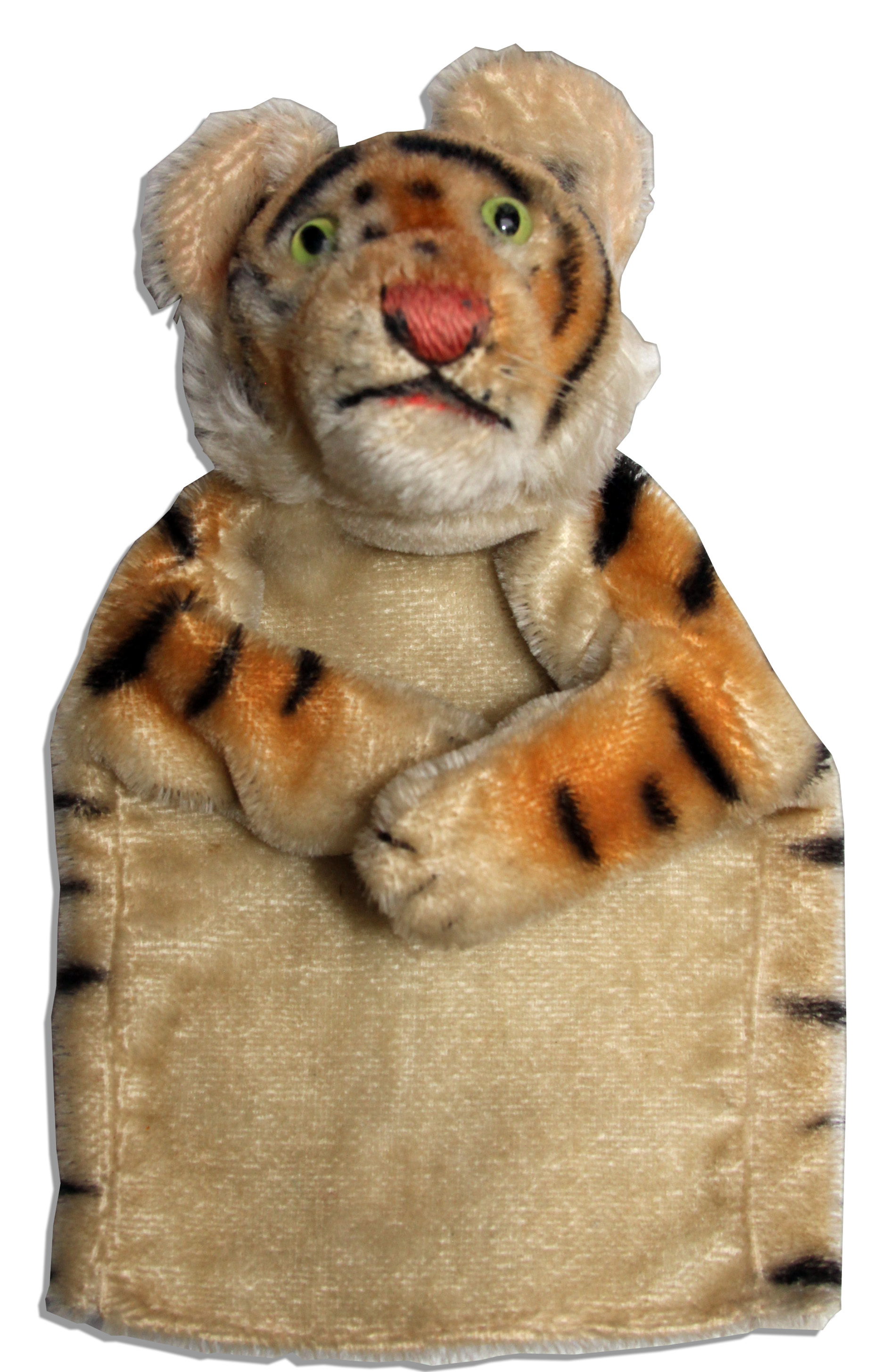

Moose, Bunny Rabbit, Grandfather Clock, Dancing Bear (next to Barney, a marvel of decorum), all the work of puppeteer Cosmo Allegretti. Green Jeans (the late Hugh “Lumpy” Brannum), who represented the rural element to the Captain’s relative urbanity, would drop by with interesting animals.Īccompanying them was a cast of creatures whose names were simple statements of fact - Mr. Keeshan read stories - which I remember as always being “Mike Mulligan and His Steam Shovel,” “Make Way for Ducklings,” “The Story About Ping” or “The Seven Chinese Brothers” - and made things out of construction paper.
Captain kangaroo free#
In those long-ago days when mothers stayed home and children ran free until kindergarten, the Treasure House was my personal nursery school. There was no peanut gallery screaming behind him, no kid actors throwing their dimples in your face. A nice man in a coat of many pockets (hence “Kangaroo”), wearing a bowl haircut and a big mustache (prosthetic at first, real later), Keeshan spoke directly to the viewer - not to the camera, but through the camera. But the Captain is who he was born to be.Ĭaptain Kangaroo’s Treasure House is the first world other than my own that I can remember inhabiting, the screen that separated us as psychically permeable as Alice’s Looking Glass. He was only 28, in fact, but he had already been Clarabell the Clown on “Howdy Doody,” Corny the Clown on “Time for Fun” and Tinker the Toymaker on “Tinker’s Workshop.” Many years later, he took a turn as “Mister Mayor” on a short-lived Saturday-morning series.

Bob Keeshan, better known as Captain Kangaroo, died Friday at age 76, and that he wasn’t older seems to have been a matter of general surprise - the impression being that he was a geezer from the day he first threw open the doors of his Treasure House, in October 1955.


 0 kommentar(er)
0 kommentar(er)
